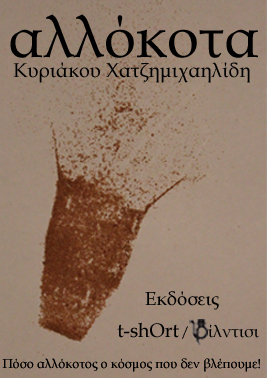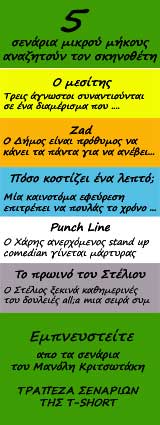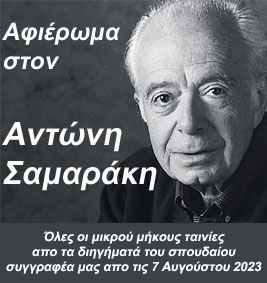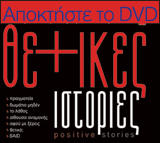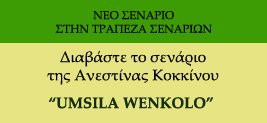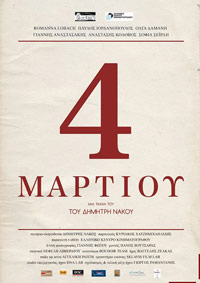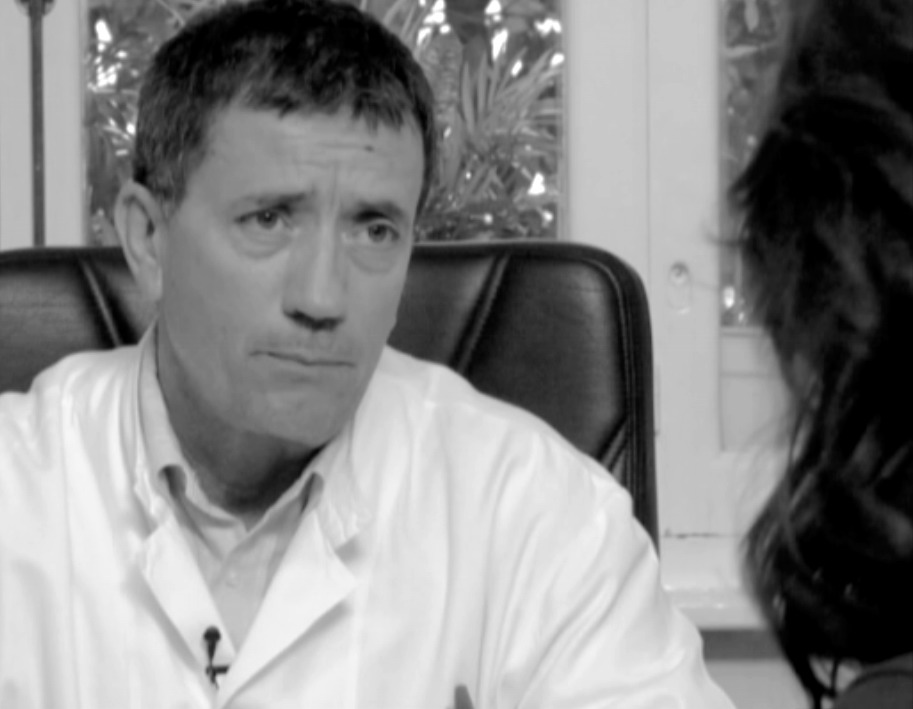

Volcano
History
INTENTIONS ANALYSIS TEXT
In the beginning there was Space, the Volcano, on the island of Nisyros. It’s crater tremendous, impressive; the valley immense; mountains all around it. Sulphur yellow, geysers of boiling water, hydrogen sulphide reeks.
The landscape is evocative; inspiring awe about Nature, dread for its overwhelming, overhanging force. Associations of erotic impulse that once erupted violently and thereafter simmered down.
Then came the Photographer, a loner and a vagrant. Skid row led him down to postcards picture taking, him who once aspired of other things. He’s dragging along his photographic equipment and his addiction to vodka. Left behind him, a desolated life. He’s grim, extinguished.
All around, tourists and… cattle. There’s a canteen, as well.
Afterwards came the Woman, serving in the canteen. Indigenous, robust, tired of her job, her husband, her life. Even-tempered, lacking in expectations. Familiar with the place, identified with it. She is dormant, like the volcano. Just like him.
Their getting together comes naturally, effortlessly. As an outcome of loneliness, heat and thirst. Nothing will incite it. Not even some flirting. Nothing but a moment’s rest in the wilderness, till the last reel of film is spent, with just enough time for a cigarette – a respite until the motor coach comes round again. It’s the picture taking that will stealthily give rise to her forsaken femininity and temporarily ruffle his stagnant art. By then, maybe, something will be reminiscent in them and their hearts will skip a beat. It leaves them helpless, embarrassed, chatting about the volcano – with her more confided, being a woman and him more uncertain, being a man – without any innuendos made, full aware of their talking about themselves.
The story is in black and white but the picture is in colour. In order to capture the shades of sulphur, the variable earth tones. The grandeur of the scenery is bigger than life, with long shots tapering off, when the actors draw closer, to follow their own separate ways afterwards. Directing is succinct, inconspicuous, aims at capturing the eye, the silence, the fragile sincerity of the actors. The objective (off frame) filming – Doric, austenite, geometric - will be diversified from the vigorous, wheezy, impulsive, subjective (in frame) filming. Here the ideal of cinematographic – travelling camera – lens is the photographic lens and picture making that instantly climaxes (through steady shots) to pure, self-sufficient still picture. The film fiction time is elliptic in places, sometimes persistent; moments dilate, a cigarette still burning. CLICK!

